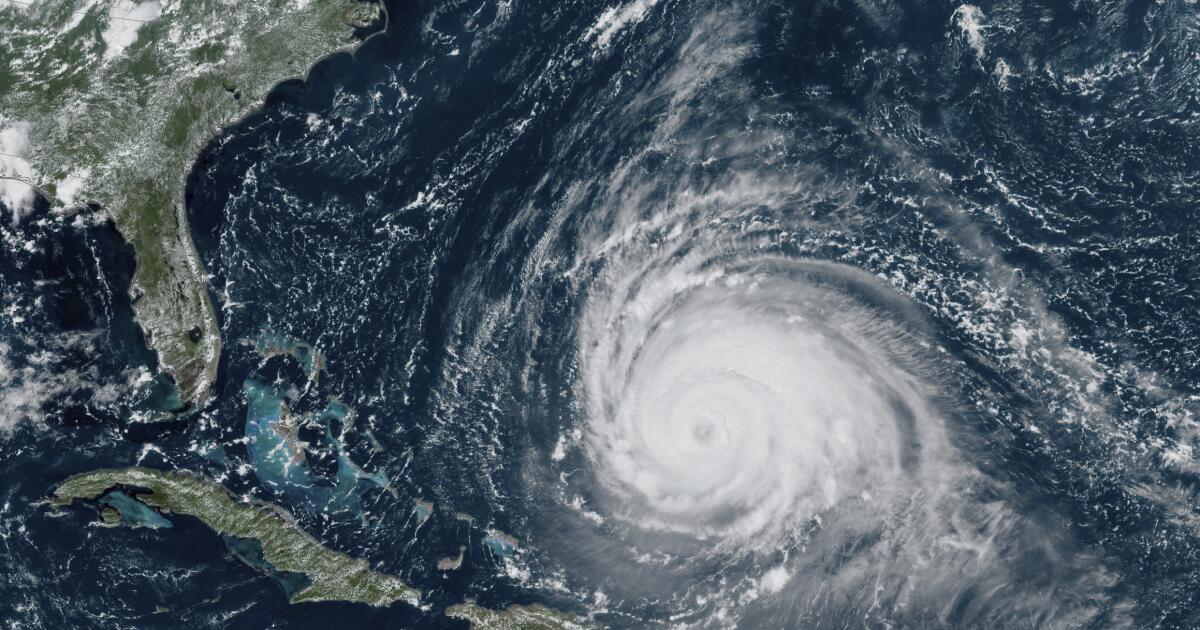Hurricane Lee began moving away from the northern Caribbean and toward the Canadian Atlantic coast on Wednesday, leaving huge waves in its path.
The Category 3 storm was 430 miles (695 kilometers) south-southwest of Bermuda by morning. It had sustained winds of 115 miles per hour (185 kilometers per hour) and was moving north-northwest at 6 mph (9 km/h).
Lee was expected to pass west of Bermuda, prompting a tropical storm warning for the islands. Meteorologists have warned of wind and rain in the archipelago from Wednesday afternoon or Thursday morning.
Forecasters say Lee will continue north and lose strength as it moves through cooler waters ahead of Nova Scotia, Canada, becoming a tropical storm by the weekend.
“Expected to weaken slowly over the next few days, however, Lee will remain a large and dangerous hurricane through the weekend,” the National Hurricane Center said. “Lee’s expected post-tropical transition will not reduce potential wind, rain and coastal flooding impacts across New England and Atlantic Canada due to the system’s broad wind range.”
Hurricane-force winds extended 115 miles (185 kilometers) from the meteor’s center, while its tropical storm-force winds reached 240 miles (390 km), the center said.
Forecasters warned of dangerous currents in the Lesser Antilles, British and US Virgin Islands, Puerto Rico, Hispaniola, Turks and Caicos Islands, Bahamas, Bermuda and parts of the southeastern US coast. Conditions were expected to spread to the US East Coast and Canada’s Atlantic coast in the coming days.
Meanwhile, Hurricane Margot is moving through the open Atlantic on Wednesday. It was located 1,270 km (790 mi) west-southwest of the Azores, with maximum sustained winds of 140 km/h (85 mph). It was moving northward at 19 km/h (12 mph) and was expected to be over the ocean.
Margot is the 13th named storm of the Atlantic hurricane season, which runs from June 1 to November 30 and peaked on Sunday.
The U.S. National Oceanic and Atmospheric Administration predicts there will be 14 to 21 named storms this year, with 6 to 11 becoming hurricanes. Of these, two to five are estimated to become 3 or more hurricanes.





